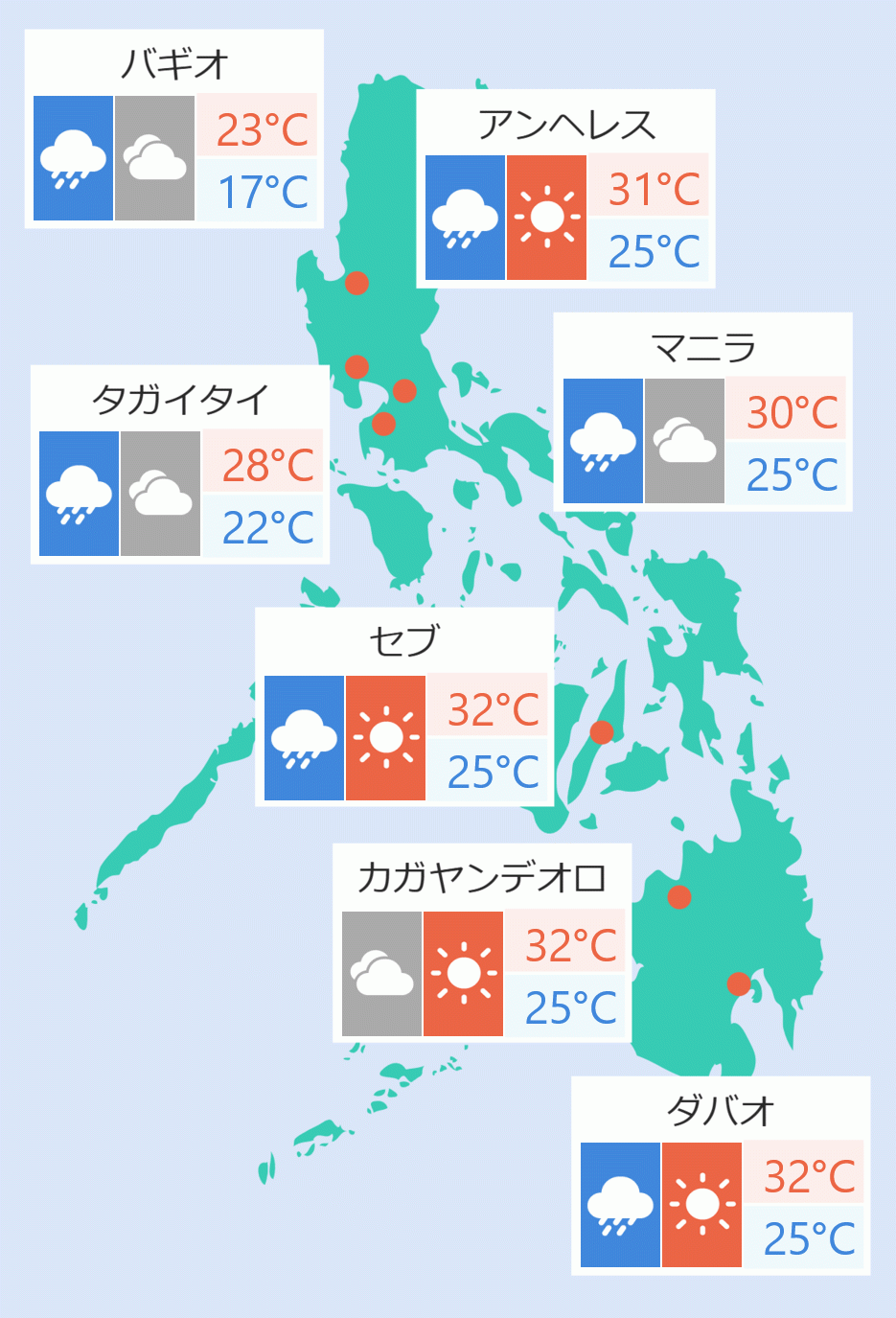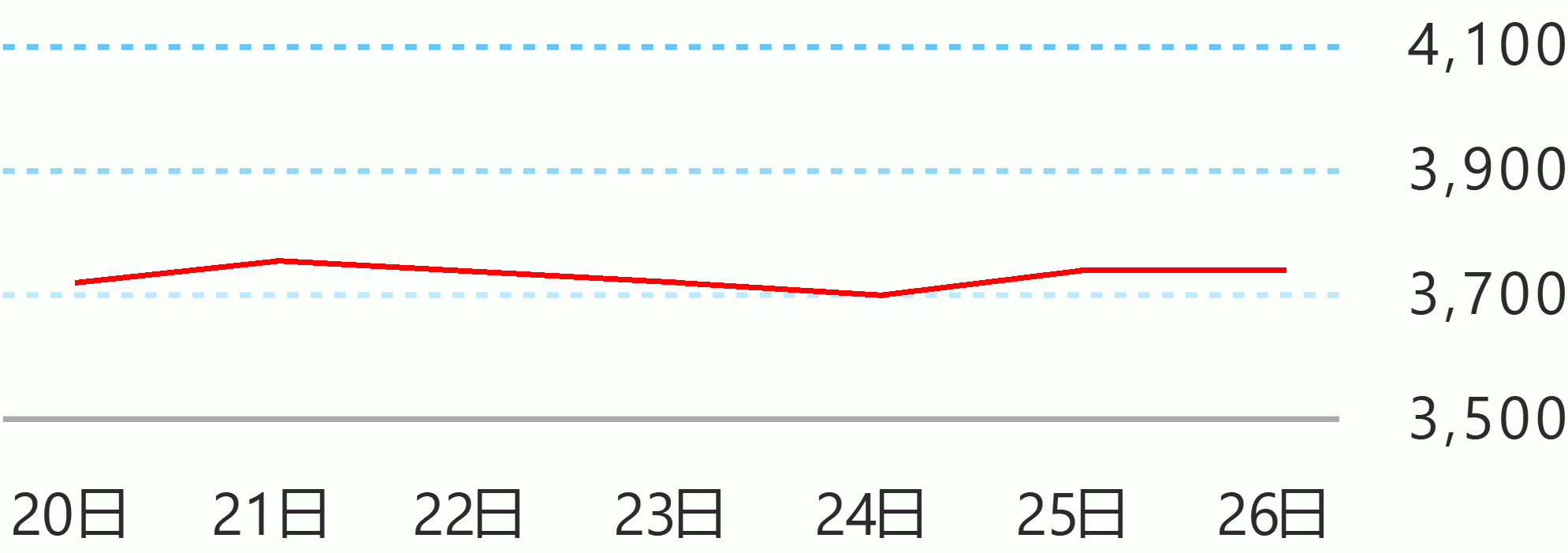Philippine Economic Zone Authority (PEZA) Director General Charito Plaza said Thursday PEZA’s export income and employment generated in ecozones this 2021 to date increased despite the COVID-19 pandemic.
“Indeed, PEZA continued to perform its mandate to the utmost of our abilities in almost two years since pandemic affected global economy. In fact, PEZA locators and companies continued operations during pandemic until present,” explained Plaza in a press statement.
Based on our zone reports as of September, a total of 90 percent of our registered companies are operating nationwide under various work arrangements, three percent higher compared from 87 percent last year covering the same period.
This has allowed PEZA to report a positive increase in its actual exports and employment for January to August.
PEZA reported an 11.12 percent increase in its actual employment which totaled to 1,687,938 and there is a 17.35 percent increase in terms of export income amounting to $40.692 billion.
Plaza also noted that, “PEZA continues to contribute 65 percent of export income on commodities and goods, and export service income of 85 percent from ITBPO and tourism-oriented companies registered with PEZA.”
“This is not possible of course without the help of our locators who kept the economy afloat,” noted Plaza.
In response to this, PEZA implemented various ‘balancing acts’ to protect both the country’s economy and Filipino workers.
“We ensured that our services are operating non-stop without compromising the health, safety, and the jobs our workforce,” said the PEZA chief.
The balancing acts include the inclusion of COVID-related expenses as deductibles for enterprises availing of the 5 percent GIE incentive, the inclusion of IT-BPO companies and economic frontline workers in the subgroup of the A4 vaccination priority list to fasten the attainment of herd immunity for the reopening of the economy; and the allowance of 90 percent WFH arrangements.
Plaza said the pandemic’s effects was felt more in 2021 compared to when quarantines actually began in 2020.
“The decline in investment pledges and projects in PEZA was felt more in 2021. This is because when the first quarantines began in Philippines in March 2020, there were pending applications for investments and projects that were approved. Thus, 2020 performance didn’t immediately decrease,” explained Plaza.
Plaza said that “due to the strict lockdowns implemented last year, the approval of projects filed in early 2020 were delayed until mid to late last year. Business groups,entrepreneurs, and exporters wereon a wait-and-see mode and had lower risk appetite in their investments during the pandemic. Hence, the impact of the pandemic was really felt this year.”
However, Plaza said PEZA continued to operate and attract investments during
the pandemic.
“We retained business confidence and trust in PEZA as we were quick to
adjust in the new normal and establish business assistance and reprieves,” she said.
January to October saw PEZA investments from 215 approved projects total to P62.722 billion which is 13.66 percent lower compared to P72.644 billion investments in 2020 of the similar period.
Most investments came from Ecozone Development with P28.754 billion and the manufacturing sector with P 24.127 billion and these will be located in Regions IV, VII, and NCR.
Confident for Philippines’ competitiveness amidst the challenges of pandemic, Plaza said “PEZA remained aggressive to attract both local and foreign investors even during the pandemic. We did not let this crisis to hostage us; rather, we create various opportunities to continue our mandate.”
Plaza assured that “We will constantly perform our best to attract investors to the country. We still have two months left this year, and there’s still a lot to happen. Let’s continue to have a positive outlook as we unite in reviving our economy. PEZA





 English
English









